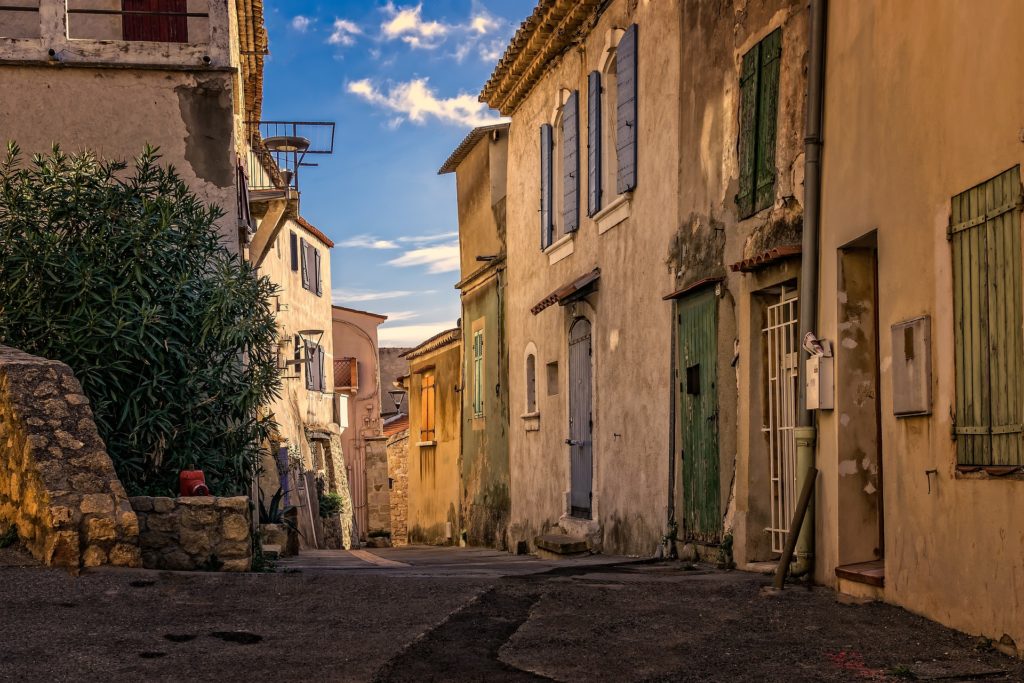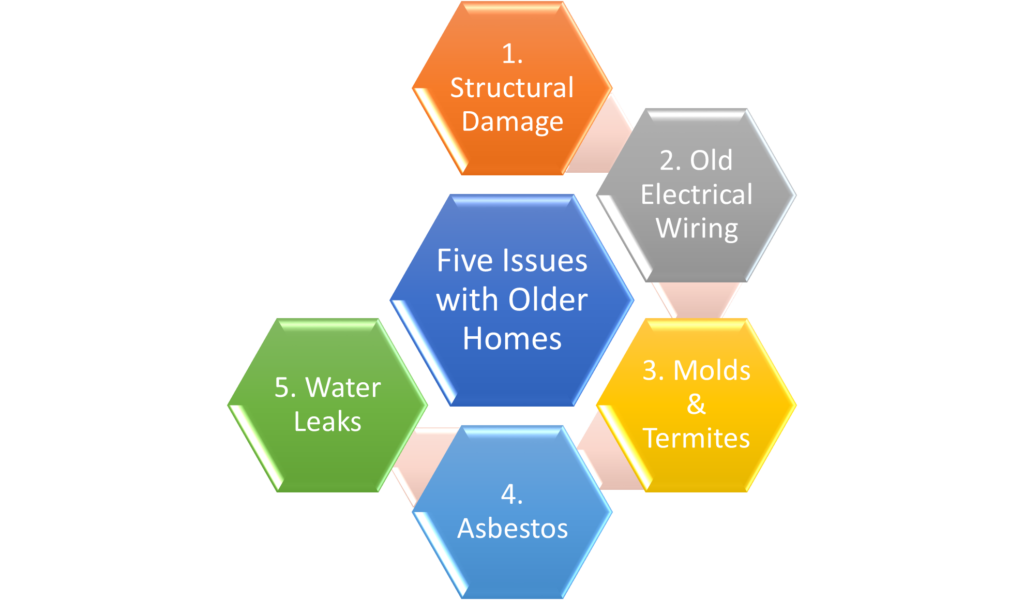What are the Risks of Buying an Older Home in Canada?

Older homes are less costly and might fit perfectly in your budget. But, are they worth buying? Let’s find out.
What’s the problem?
Patrick and Stacey adored their rented two-bedroom apartment. But, after three years of living there, they decided to buy their own dream house. They started looking around for a home in the different regions. And they couldn’t decide whether to buy a house in the suburban area or get a unit in the newly constructed residential condos uptown. They binned off both ideas after evaluating all their property options. And instead decided to buy an older house.
The house was well within their budget, close to their workplace, and in a friendly neighborhood. Still, they overlooked to foot the bill for the extra expenses they might have to bear. They noticed a slew of problems lurking somewhere under the old setup not long after moving in.
As a result, the outdated plumbing, wiring, and structural damage cost them much more than they had thought. All the money they saved by purchasing an older house got spent on renovations and repairs.
Top five issues issues with older homes
Buying an older home can indeed save you a lot of money. But these fixer-upper houses do have their shortcomings. And so, the peculiarities can end up costing you a good amount of money. It is preferable to be aware of the risks ahead of time and to be on the lookout for red flags.
Look out for the mentioned signs associated with buying an older home:


1. Structural damage:
Keep an eye out for noticeable cracks in the walls and floors. These could be signs of structural damage. An older home’s ceiling might need replacement. If they are too old, they may end up losing their insulation capacity and will need fixing. You should also keep an eye out for jammed doors and windows that keep getting wedged. They are also telltale signs of any type of structural damage.
2. Electrical wiring:
Electrical wiring problems are common in older homes. Older electrical work was not designed to meet the needs of modern appliances. HVAC systems, modern air conditioning units, dishwashers, and computers need proper electrical cabling. As a result, you should keep an eye out for old circuit breakers and power outlets that may need repairing.
3. Presence of Mold and termites:
Keep an eye out for mold and mildew forming. Mold can grow on walls, in basements, and in bathrooms. It can cause many respiratory ailments, allergies, and other health issues. In older homes, termites and other insects are very common. Ensure that you’ve done a complete home inspection and that any pests have been eradicated.
4. Asbestos:
In Canada, asbestos was used in building construction as insulation until the late 1990s. You can inhale the asbestos barbed wires if they are airborne, posing a severe health hazard. The asbestos might be removed before the house is put for sale. But it is usually a good idea to check for the presence of asbestos when purchasing an older property.
5. Water leaks:
Water leaks can damage your house. Mildew and mold can grow in areas where there is a lot of moisture and wetness. And if there’s mold, there’s a good possibility there are also rodents. Water damage caused by persistent leaks can cost loads of money to fix. Check to see if the plumbing system is new and in good working order. Determine the type of plumbing material used and the age of the system.
If you’ve decided to buy an older home, be sure you’ve given serious consideration to the upgrades. Even though the house is old; the fireplace, cornices, transom windows, and many other stunning features make it a beautiful place to live.



